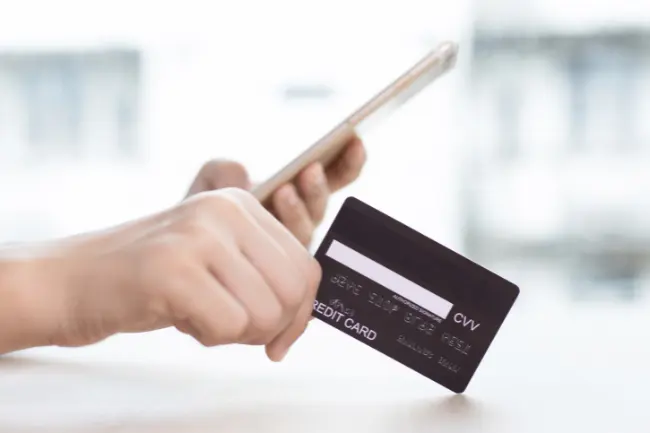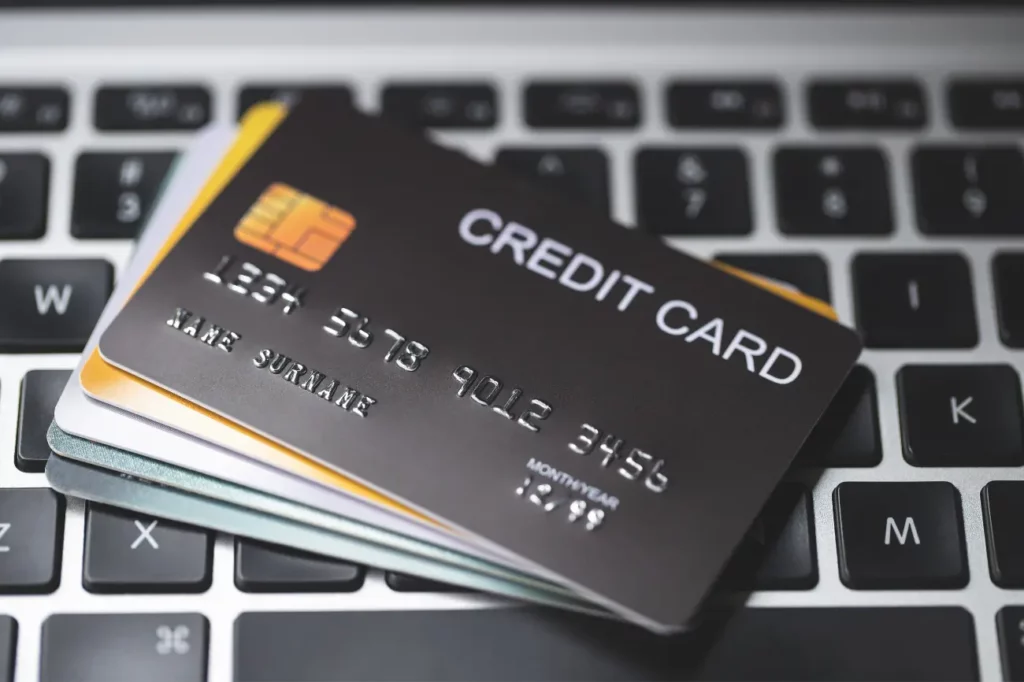In recent years, cross-border transactions have become increasingly common, and many individuals and businesses in India are now required to make payments in US dollars. Understanding the process of paying in dollars from India is important for optimum financial management, seamless transactions, and avoiding unnecessary complications. This article aims to shed light on the various methods available and provide some guidance on choosing the best option for different purposes.
The first step in making an international transaction is to identify the most suitable method, taking into account factors such as transaction fees, exchange rates, and the reliability of the service provider.
Some of the widely used methods for transferring funds in US dollars from India include wire transfers through banks, online remittance services, and foreign currency demand drafts. By evaluating the features and benefits of each method, individuals and businesses can ensure they make an informed decision and select the most cost-effective solution.
It is also essential to be aware of the legal framework and regulations governing foreign currency payments from India. The Reserve Bank of India (RBI) stipulates certain rules and guidelines to mitigate the risks associated with cross-border transactions and protect the interests of all parties involved.
Therefore, before initiating any dollar payments from India, one must ensure compliance with RBI guidelines and fulfil any necessary documentation requirements. This will avoid possible legal issues and ensure a smooth transaction process.
Table of Contents
Understanding the Basics of Paying in Dollars
Currency Exchange Rate
When paying in dollars from India, the first aspect to understand is the currency exchange rate. This rate determines the value of one currency in relation to another, in this case, Indian rupees (INR) to US dollars (USD). The exchange rate fluctuates continuously due to factors such as economic indicators, global events, and market trends. It is essential to keep an eye on the current exchange rate before making any transactions.

RBI Regulations
The Reserve Bank of India (RBI) imposes certain guidelines and regulations on cross-border transactions. When paying in dollars from India, individuals and businesses must adhere to these RBI regulations. One such rule is the Liberalised Remittance Scheme (LRS), which allows Indian residents to remit a certain amount of foreign currency per financial year for permitted transactions. As of now, the limit stands at USD 250,000 per financial year.
Fees and Charges
In addition to the exchange rate, one must also consider the fees and charges associated with converting and transferring funds from India to the recipient in US dollars. These may include:
- Bank or remittance service fees: Financial institutions and remittance service providers may charge a transaction fee or commission for converting and sending money abroad.
- Foreign bank charges: The recipient’s bank may also impose fees for receiving and processing the international transaction.
It is important to compare different service providers’ fees and charges to select the most cost-effective option for paying in dollars from India.
Methods of Paying in Dollars
Bank Transfers
One of the most common methods for paying in dollars from India is through bank transfers. Most Indian banks offer the facility to conduct international transactions in USD. Customers can request a wire transfer or a Telegraphic Transfer (TT) at their respective banks. The process usually involves:
- Providing the recipient’s bank account details
- Sharing the purpose of the transaction
- Paying the transaction fee
The transaction fees and exchange rates depend on the bank, so it’s advisable to compare the rates offered by different banks.
Online Money Transfers
Another popular method to pay in dollars from India is using online money transfer services such as PayPal, TransferWise, and Western Union. These platforms facilitate international transactions in multiple currencies, including USD. To use these services:
- Sign up for an account
- Enter the recipient’s details
- Choose the currency and amount
- Pay the transaction fee
Online money transfers typically offer competitive exchange rates and lower fees compared to banks. They also offer quicker transaction processing times.
Credit and Debit Cards
Credit and debit cards issued by Indian banks can also be used to make payments in dollars. Visa, Mastercard, and American Express are some of the major card networks that facilitate such transactions. Before using your card to pay in USD, ensure:
- Your card is enabled for international transactions
- You’re aware of the foreign transaction fees and conversion charges
Note that using credit and debit cards for international transactions may result in higher fees compared to other payment options.
Cash
Converting Indian Rupees (INR) to US Dollars (USD) and carrying cash is another option for those travelling to the US or other countries where USD is accepted. There are various foreign exchange dealers and banks in India that offer currency conversion services. Remember to
- Carry the required documents for identity verification
- Compare exchange rates offered by different dealers
- Be aware of any potential limits imposed by the government on carrying cash
Using cash as a mode of payment may not be suitable for large amounts or online transactions, but it can be helpful for day-to-day expenses while travelling abroad.
Popular International Payment Providers
PayPal
PayPal is a widely used international payment provider that enables individuals and businesses to send and receive money in multiple currencies, including US dollars. To pay in dollars from India, users must create a PayPal account, link their Indian bank account, and verify their identity. Some benefits of using PayPal are:
- Ease of use and secure transactions
- Global acceptance in over 200 countries
- Multiple payment options like bank account, credit/debit cards, and PayPal balance
However, there are certain fees and limitations associated with using PayPal, such as:
- Currency conversion charges for cross-border transactions
- Transaction fees for receiving payments
- Limits on withdrawal amounts
Visa
Visa is a global payment processing company that offers solutions for international transactions, including the use of their credit and debit cards for payments in US dollars from India. Cardholders can conduct transactions at millions of locations worldwide or online, with the following advantages:
- Wide acceptance
- Fraud protection and security features
- Rewards programs and offers
Visa imposes some charges and restrictions for international transactions, such as:
- Foreign transaction fees
- Currency conversion rates applied by individual banks
Mastercard
Mastercard, like Visa, operates globally and provides payment processing services for international transactions. Customers can use their Mastercard credit and debit cards, issued through partner banks in India, to pay in US dollars. Some notable features of Mastercard include:
- Global acceptance at both physical and online merchants
- Security measures to protect against fraud
- Rewards and cashback programs
As with Visa, Mastercard may have certain fees and limitations for international transactions, including:
- Foreign transaction fees
- Exchange rate margins applied by issuing banks
Choosing the Right Payment Method
FCA and Trustpilot Ratings
When paying in dollars from India, it’s crucial to choose a payment method that is both secure and trustworthy. To ensure reliability, check whether the payment service provider is regulated by a respected financial authority such as the Financial Conduct Authority (FCA). In addition, Trustpilot ratings can provide insights into the satisfaction of other users with the service. Comparing different providers’ FCA registration and Trustpilot ratings will help you select a payment method with confidence.
Foreign Transaction Fees
To maximise cost-effectiveness, consider the foreign transaction fees associated with various payment methods. Transaction fees can vary among providers, so it’s important to research and compare before committing to a particular service. Keep in mind that some providers may offer lower rates for high volume transactions or have a tiered fee structure.
bullet point example table could be
| Provider | Fee per transaction | FCA regulated |
|---|---|---|
| Paypal | 3% – 4% | Yes |
| Debit/Credit card | 0% – 3.5% | Yes |
By taking these factors into account, you can choose a payment method that best suits your needs while paying in dollars from India.
Bottom Line
In conclusion, paying in US dollars from India involves understanding the currency exchange rate, RBI regulations, fees and charges, and the available payment methods. The different methods include bank transfers, online money transfers, credit and debit cards, and cash. Each method has its advantages and disadvantages, so it’s essential to choose the one that is most suitable for the transaction.
Compliance with RBI regulations and ensuring necessary documentation will avoid legal complications. Popular international payment providers like PayPal and Visa offer convenient solutions, but they come with fees and limitations. Overall, an informed decision, considering all factors, will ensure seamless transactions and effective financial management.


